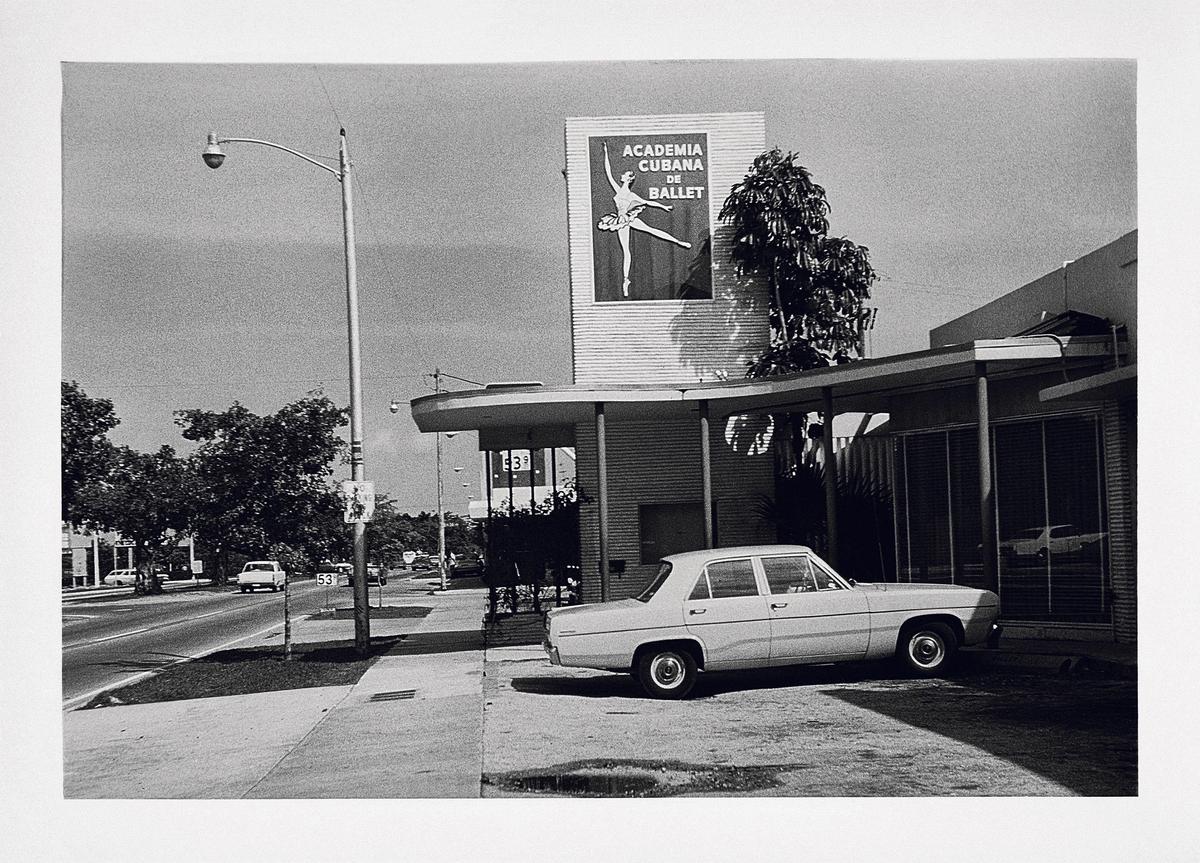It may be hard to imagine today, but there was a time in the 1960s and 1970s when the essential Cubanness of Miami was a new phenomenon. Among the many Cuban exiles who settled in Miami following the revolution of 1959 was Josefina Tarafa, a photographer and editor born in Havana who began her career as a documentarian chronicling the island’s sugar industry, African Caribbean spiritual practices and more. Once she arrived in Miami, she set about documenting her new home and its rapidly changing streetscape as the influx of her compatriots transformed the city.
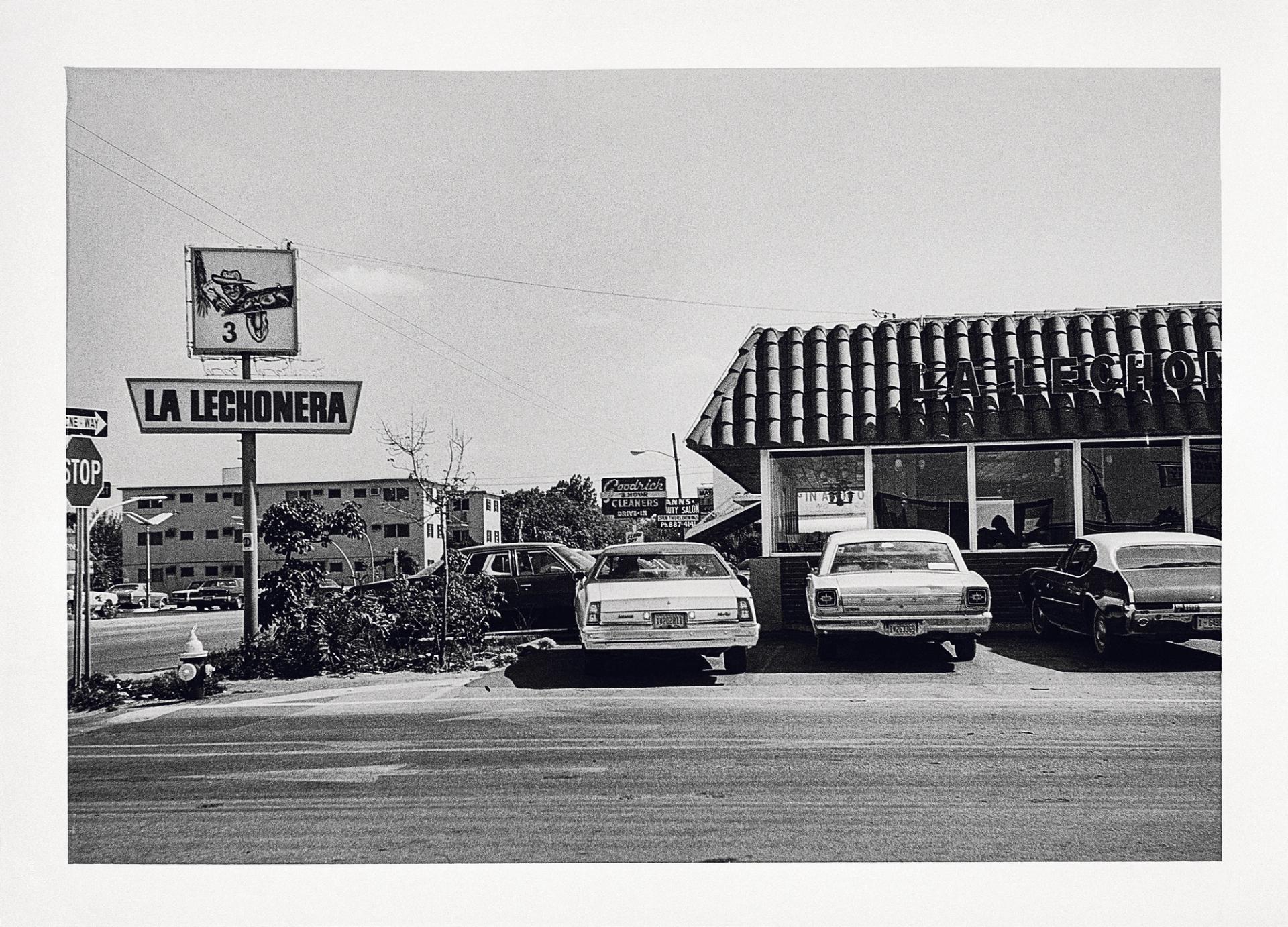
Cuban American Pie: the restaurant La Lechonera at 3199 SW 8th Street, photographed by Tarafa in the 1970s, served Cuban food to immigrants as well as Americans with adventurous tastes Courtesy of the Cuban Heritage Collection, University of Miami Libraries, Coral Gables, Florida
Thirty photographs from this era are featured in Remaking Miami: Josefina Tarafa’s Photographs of the 1970s at Miami Dade College’s Museum of Art and Design (until 13 December), capturing street signs and storefronts that attest to the city’s blossoming Cuban community.
“There’s a sense of nostalgia for Cuba in her images—even in the names of the stores and signs themselves,” says Amanda Moreno, the chair and director of the Cuban Heritage Collection at the University of Miami Libraries, which has a collection of around 150 of Tarafa’s photographs, including those featured in Remaking Miami. Moreno underlines just how novel signs advertising a Cuban ballet school or a Cuban clinic would have been in 1970s Miami. “Miami at this time was a very American city and very anglicised,” she says. “With the influx of Cuban immigrants during this period, it began to take on its character as the Latin American city we know today.”
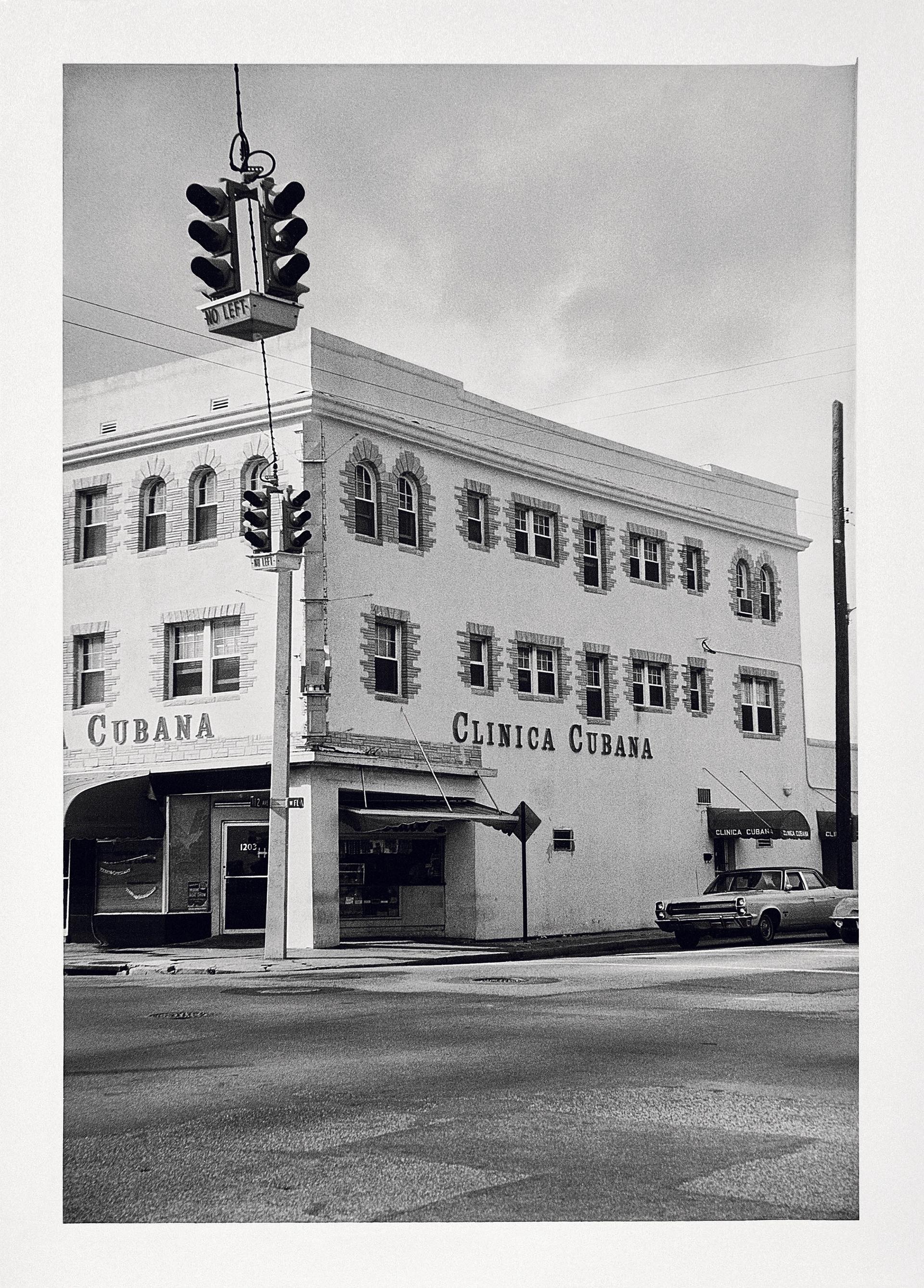
A dose of nostalgia: Clínica Cubana, at the corner of W Flagler Street and 12th Avenue, pitched medical care to Cubans in 1971 Courtesy of the Cuban Heritage Collection, University of Miami Libraries, Coral Gables, Florida
As proof of the indelibility of that character, some of the signs that Tarafa photographed a half-century ago in Little Havana remain to this day. “The neighbourhood has changed a lot since the 1970s,” Moreno says. “But some of the restaurants she photographed in Little Havana are still there; some of the vintage signage is still there.”
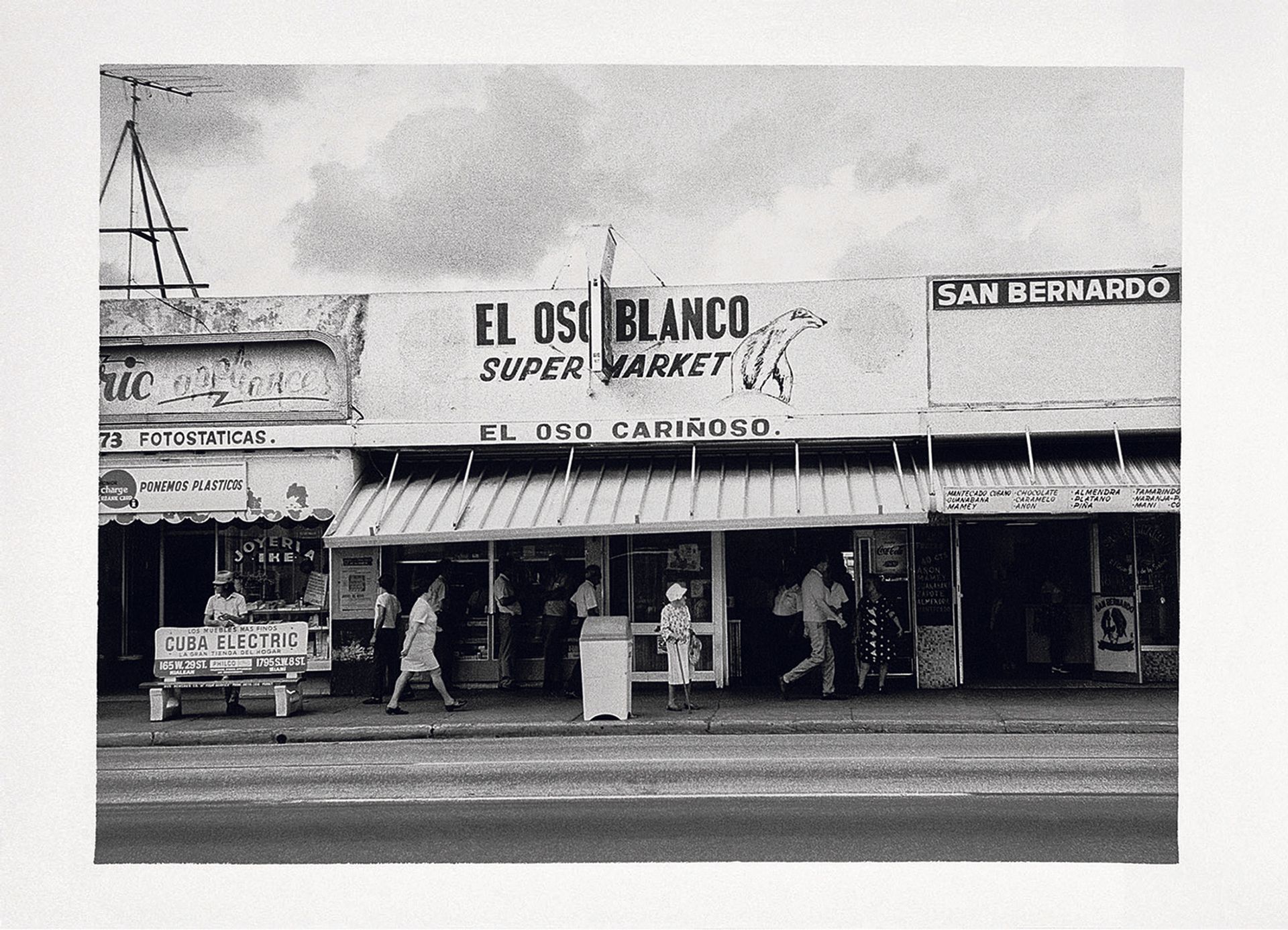
Plugged into a new grid: in front of El Oso Blanco Supermarket, a bench advertises the furniture store Cuba Electric in 1971 Courtesy of the Cuban Heritage Collection, University of Miami Libraries, Coral Gables, Florida
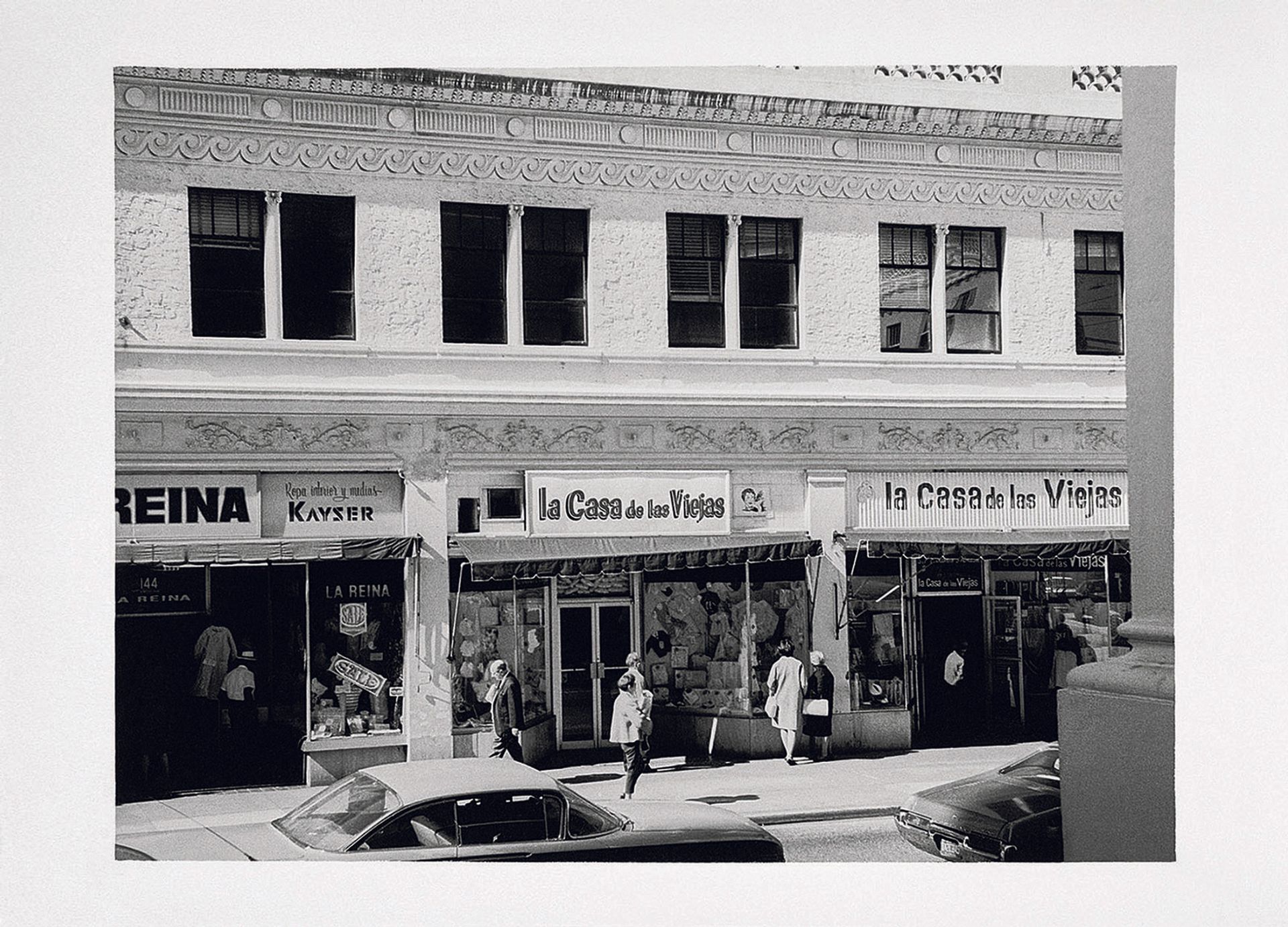
Everything old is nuevo again: the clothing store La Casa de las Viejas at 62 NE 1st Street, seen in 1971, lures passersby Courtesy of the Cuban Heritage Collection, University of Miami Libraries, Coral Gables, Florida
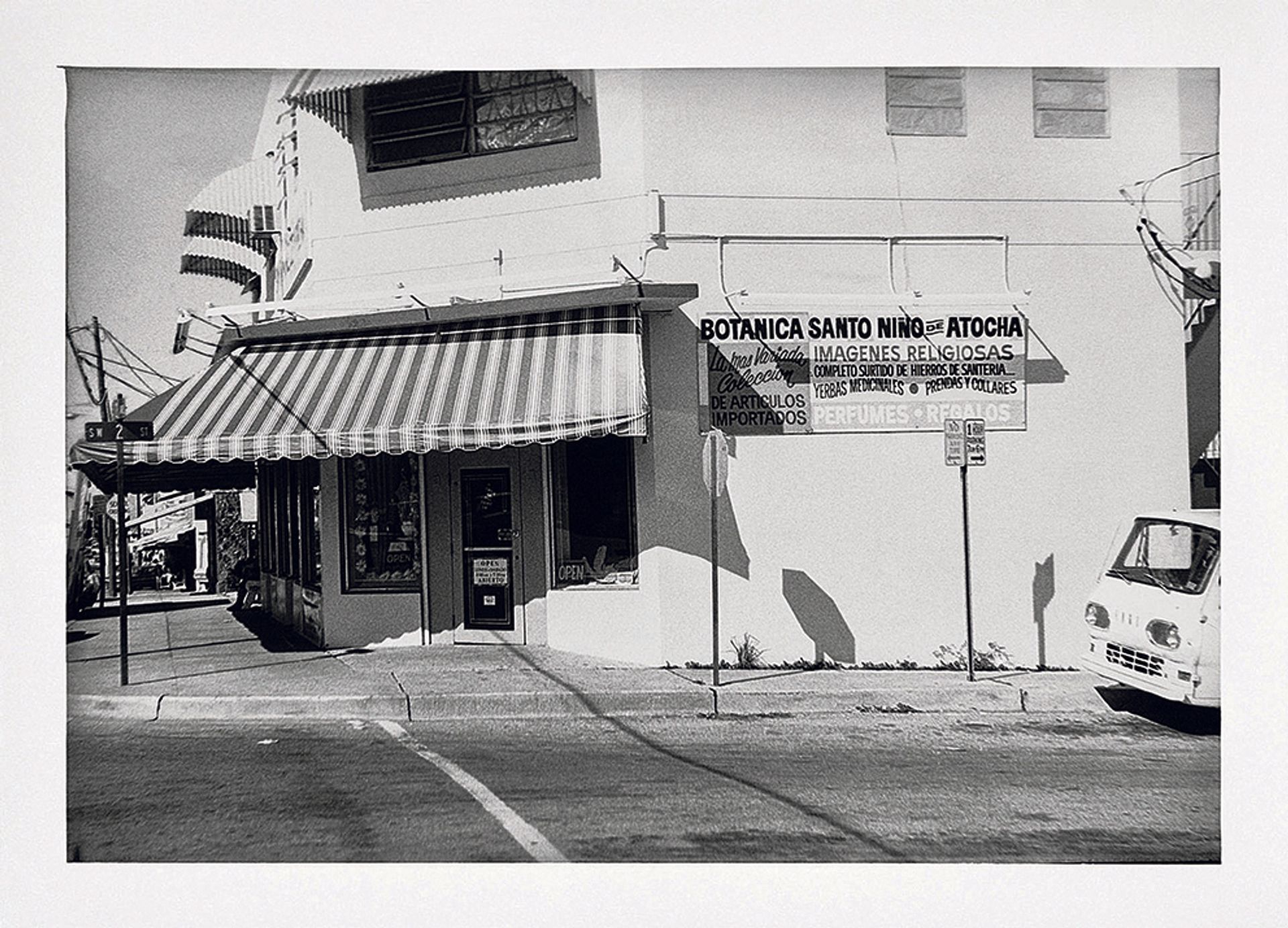
Imported gifts for the diaspora: the façade of Botánica Santo Niño de Atocha, a store on SW 2nd Avenue in Miami in the 1970s, advertises herbal remedies, religious images and more Courtesy of the Cuban Heritage Collection, University of Miami Libraries, Coral Gables, Florida


